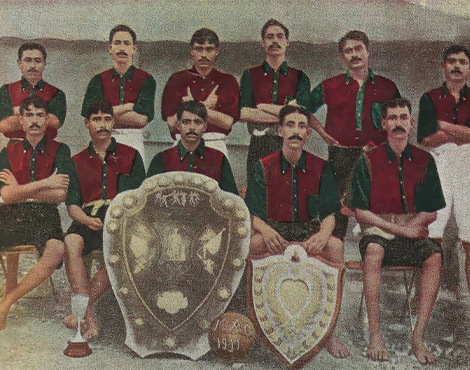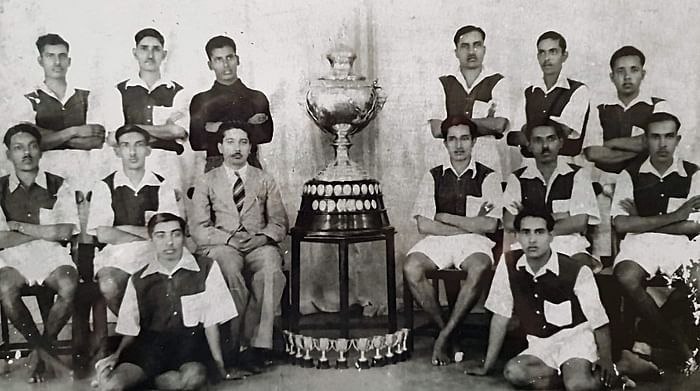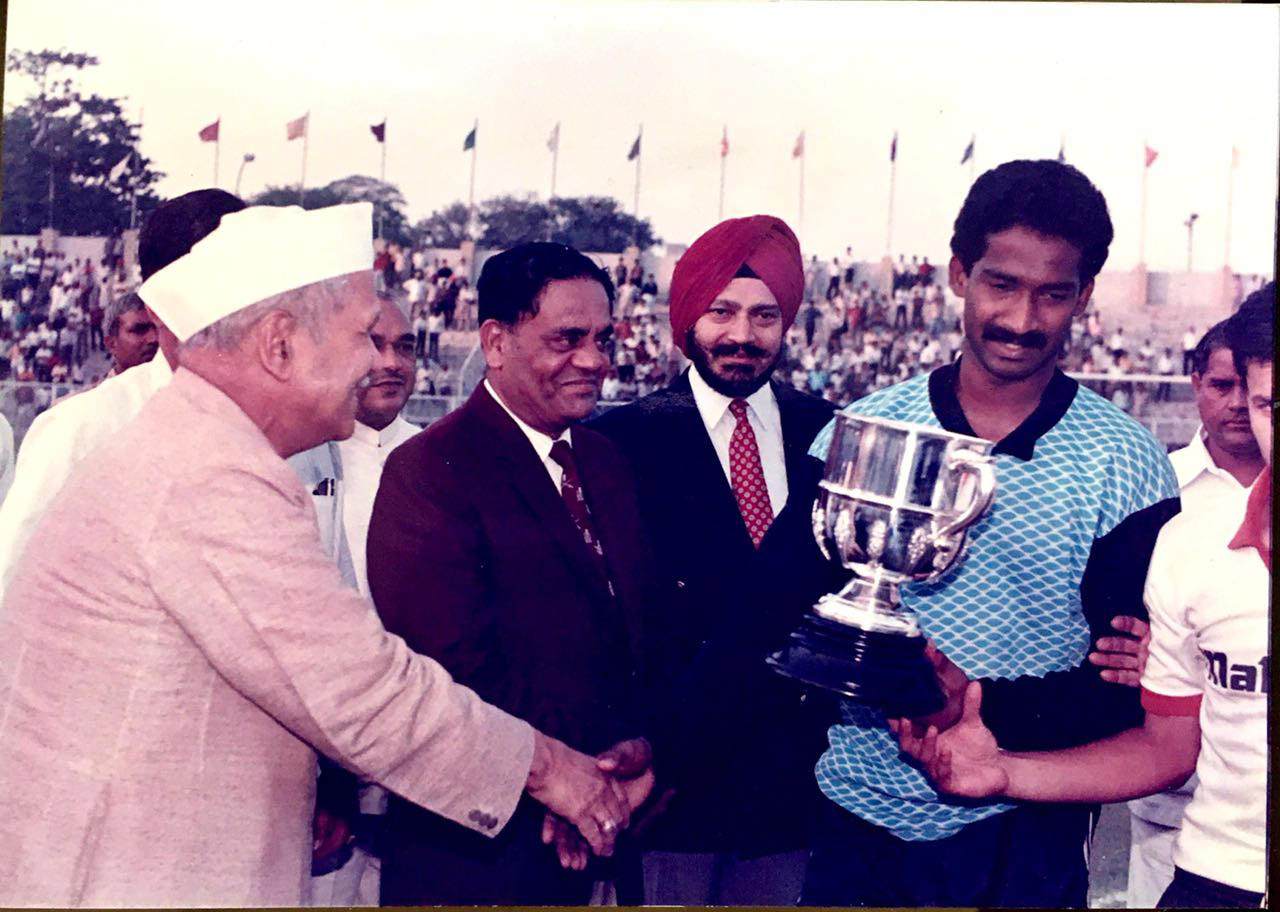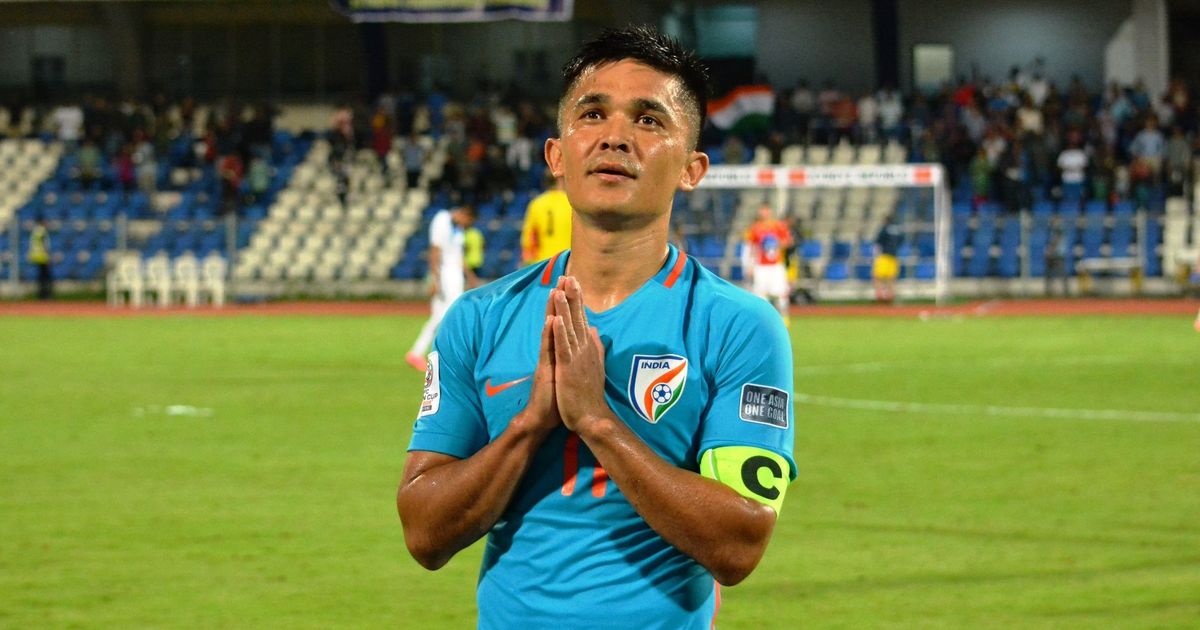Nagendra Prasad Sarbadhikary: the life and legacy of India’s first footballing legend
According to the history books, it is said that once when the ball went out of play when the soldiers were playing, young Nagendra kicked the ball back to them and that was the first time an Indian kicked a football.
Nagendra Prasad Sarbadhikary, whom we now call “The father of Indian football” is the person behind the emergence of Indian football.
The popularity of football in India has seen a rise in the past few years. Sadly, the same can’t be said about the developments in the game in the country. The grassroots of football in the sub-continent is still stagnant in growth and expansion. There are lots of discussions going on around what’s next for Indian football, especially with the new draft constitution being prepared by the COA appointed by the Supreme Court. Many fans in India are still unaware of the roots of football in the country. We have taken a look into the journey of the man who started it all in India.
The person behind the emergence of Indian football was none other than Nagendra Prasad Sarbadhikary, whom we now call “The father of Indian football”. Being born and brought up in Calcutta, He used to be a normal kid like others. Things changed when one day he saw British officers play with a spherical ball at the Calcutta FC training ground. According to the history books, it is said that once when the ball went out of play when the soldiers were playing, young Nagendra kicked the ball back to them and that was the first time an Indian kicked a football.

He was so amazed by the game that he started sharing about the game with his school friends. All of them decided to invest small amounts to buy a football. However, they ended up buying a rugby ball because they hardly knew the difference between the two. When they were trying to play football with the rugby ball, one of the professors named GA Stack interrupted them to ask: Whether they wanted to play rugby or football?” The students seemed to be in confusion as this question is posed. The professor was awestruck by the student’s determination to learn the game and decided to buy them a football and also teach them the basics of the game.
Professor GH Gilligand joined hands with Stack to teach football to the school boys. Nagendra was a quick learner and had exceptional leadership qualities. Later, he founded the Boy’s Club which then used to have matches with the students of Presidency College. He eventually joined Presidency College, but his will to spread football didn’t seem to fade. He went on creating clubs one after the other, each one bigger than the previous one. Under Sarbadhikary’s leadership spawned Presidency Club and then in 1884, Wellington Club crossed the threshold of school and college students, drawing players from different sections of the society.

Later, Sarbadhikary’s marriage linked him to the Sovabazar royal family, and this led to the formation of the Sovabazar club. He was joined by Jishnendra Krishna Deb Bahadur, a member of the Sovabazar royal family as joint secretary, and Bhupendra Narayan Bhup Bahadur – the Maharaja of Coochbehar, as club president. Remarkably, the club’s principle was to recruit players irrespective of caste, religion, or creed – a significant step in a society still divided on those lines. Sovabazar was undoubtedly India’s first big native club and the links with the royal family helped the club play against the British teams on a regular interval.
By the late 1880s, Mohun Bagan and Mohammedan Sporting were established. The emergence of so many teams throttled the idea of an open tournament and that’s how British Trades Cup came into the picture. Sovabazar was the biggest Indian club to participate in the tournament, where they played barefooted (a unique way of Indianizing the game) but were not able to get desirable results in the first edition of the tournament. In 1892, Sovabazar did the unthinkable and defeated a British team by 2-1, and caught the attention of various Indian as well as British media houses.

Sarbadhikary’s focus now shifted to the tournaments that were organized outside West Bengal, Durand Cup in Shimla, and Rovers Cup in Bombay. He wanted to have a unified tournament like the English FA Cup where teams will come from various parts of the country. Talking on these lines, he led the formation of the Indian Football Association in 1893. The IFA Shield tournament was organized into two zones, where Allahabad hosted the West Zone and Calcutta hosted the East Zone. Sovabazar club was the only Indian club to participate but ended up losing badly. But all this led to the rise of football on a tremendous scale between the 1800s and 1900s.
1900 witnessed a landmark achievement when the National Association won the Trades Cup- it was the first time an Indian club won the tournament. Sarbadhikary soon left the football scene in 1902 for unknown reasons, and soon after that clubs like Sovabazar and National Association saw a downfall, and were replaced by Mohun Bagan, Mohammedan Sporting, and East Bengal. Mohun Bagan won the IFA Shield in 1911 with 10 barefooted players. Mohammedan Sporting won Calcutta League five consecutive times in the 1930s. Bangalore Muslims became the first Indian club to win the Rovers Cup in 1938 while Mohammedan Sporting did the same for Durand Cup in 1940.

Nagendra Sarbadhikary passed away on 17th January 1940 leaving behind the firm foundation for football in the country. In 2021, A Bengali language film titled ‘Golondaaj’ was released which took us through the journey of Nagendra Sarbadhikary. The film is available on Disney+Hotstar for those interested to watch
Football has come a long way in India since then. The game reached new heights in India during the next few decades after the demise of Nagendra Sarbadhikary. The future of football in the country is still very bright and it was Nagendra Sarbadhikary who paved the way for the game in the country.
Discover more from
Subscribe to get the latest posts sent to your email.





